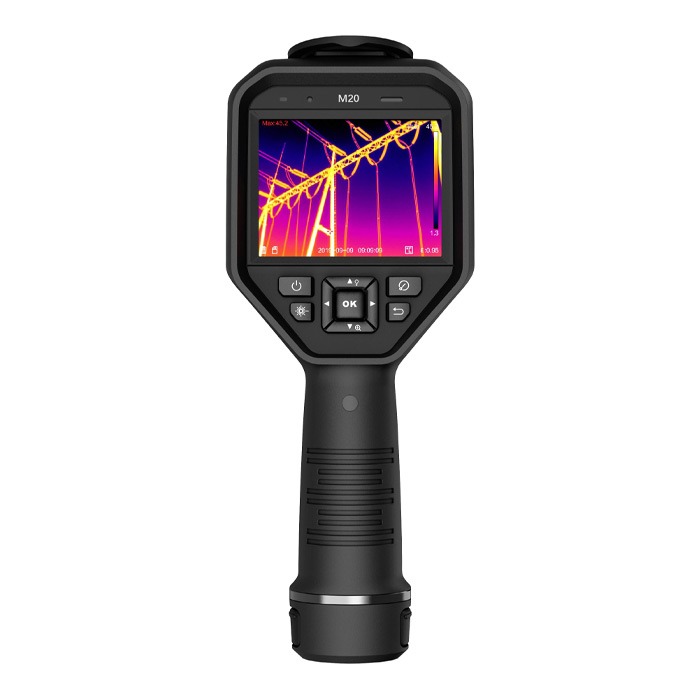In the swiftly advancing world of technology, the thermography camera is emerging as a pivotal tool across numerous industries. This remarkable device extends human vision beyond the spectrum of visible light, revealing the infrared radiation emitted by all objects based on their temperature. Let’s delve into how this technology works and its diverse applications.
How Does a Thermography Camera Work?
A thermography camera, also known as an infrared camera, captures infrared radiation emitted by objects. This radiation is then converted into a visible image, called a thermogram, where different temperatures are represented in various colors:
- Hot spots typically appear in hues of red, orange, and yellow.
- Cool areas are represented in shades of blue, green, and purple.
- Neutral temperatures may be displayed in grayscale.
Components of a Thermography Camera
Several essential components make up a thermography camera:
- Lens: Focuses the infrared radiation onto the detector.
- Infrared detector: Converts the infrared radiation into an electrical signal.
- Signal processor: Transforms the electrical signal into a visual image.
- Display: Shows the thermogram on a screen.
Applications of Thermography Cameras
The practical uses of a thermography camera span a broad range of fields:
Building Inspections
Professionals use thermography cameras to detect heat leaks, insulation deficiencies, and moisture issues in construction. This non-invasive method helps identify potential problems without the need for extensive exploratory work.
Medical Diagnostics
In healthcare, these cameras assist in detecting irregularities in blood flow and tissues. They are particularly useful in diagnosing conditions like arthritis, circulatory problems, and detecting fever by capturing heat variations in the body.
Electrical System Monitoring
Maintaining electrical systems’ health is critical. Thermography cameras help identify overheating connections, faulty components, and potential electrical failures, promoting preventive maintenance and averting hazards.
Industrial and Mechanical Inspections
In manufacturing and mechanical sectors, these cameras monitor machinery to detect overheating components or lubrication failures, allowing for timely maintenance and reducing the risk of breakdowns.
FAQs about Thermography Cameras
What is the range of temperatures that a thermography camera can detect?
Most commercial thermography cameras can detect temperatures ranging from -20°C to +1500°C (-4°F to +2732°F). However, specialized cameras can measure even broader ranges.
Can a thermography camera see through walls?
No, a thermography camera cannot see through walls. It can only detect surface temperature variations that could indicate underlying issues.
Are there any limitations to using a thermography camera?
Read more about flir thermal imaging camera here.
Thermography cameras may struggle with highly reflective surfaces, which can produce inaccurate readings. They also rely on a clear line of sight to the target for accurate measurement, and environmental factors like wind and weather can affect readings.
As this technology continues to evolve, the thermography camera’s capabilities and applications are expanding, making it an invaluable tool in diagnosing and addressing issues that were previously invisible to the naked eye.

